Log in or sign up to connect with businesses, services, and your professional network.
Napoleon Hill Success Principles: Train Your Brain to Win
Inspired by Think Rich Mindset Hub and the timeless wisdom of Napoleon Hill, this article is your practical guide to training the single greatest asset you own: your brain. For decades, Hill’s research into the habits, strategies, and inner disciplines of the world’s most successful people has revealed a simple truth — success begins in the mind. But the brain you were born with was designed for survival, not success. That means without deliberate training, it will choose comfort over growth, fear over faith, and safety over greatness.
Table of Contents
- Introduction: Why Train the Brain?
- Chapter 1 — Foundations of Strategic Thinking
- Chapter 2 — Napoleon Hill’s Core Steps to Success
- Chapter 3 — Real-World Applications and Case Studies
- Chapter 4 — Mindset Techniques You Can Practice Daily
- Chapter 5 — Overcoming Cognitive Biases & Decision Mastery
- Chapter 6 — Emotional Intelligence and Adaptive Thinking
- Watch the Full Lesson
- FAQs
- Conclusion: From Reaction to Command
Introduction: Why Train the Brain?
Most people live their entire lives on autopilot. The brain, wired over millennia to protect you from danger, defaults to patterns that conserve energy and avoid risk. That was useful for survival—but not for building empires, businesses, or meaningful lives. Napoleon Hill taught that “organized thinking” — the ability to take a thousand random thoughts and direct them toward one definite aim — is what separates ordinary people from extraordinary achievers.
Training the brain is not some mystical practice reserved for a few. It’s a discipline of awareness, repetition, and structure. You don’t need more information; you need a framework. You don’t need luck; you need systems. This article explains that framework and offers practical steps to retrain your default wiring so you can anticipate outcomes, stay composed under pressure, and transform obstacles into leverage.
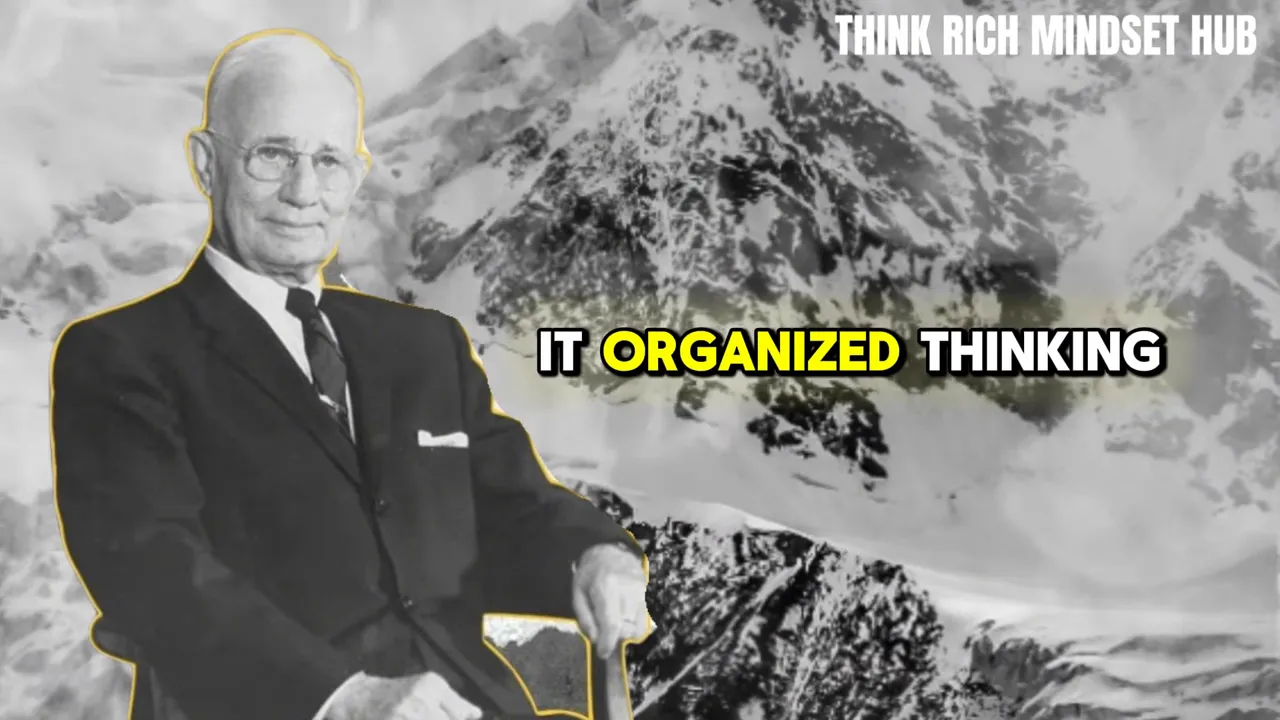
Chapter 1 — The Foundations of Strategic Thinking
Before you can think strategically, you must understand the difference between reaction and response. An untrained mind reacts to stimuli, yielding to fear, anger, distraction, and autopilot habits. A trained mind responds — deliberate, calm, and precise.
Training begins with three core shifts:
- Awareness before reaction. Catch the split-second between stimulus and impulse. That pause is where you reclaim control.
- Repetition over inspiration. The brain rewires through repetition. Short bursts of consistent practice build the neural pathways of focus and composure.
- Structure over accumulation. A mind without structure hoards information; a mind with structure organizes it into decisions and actions.
These three shifts create the architecture for everything else. When you practice them daily, your brain starts obeying your will rather than running on default programming.
Systems Thinking: Seeing the Whole Board
One of the most powerful habits of strategic thinkers is systems thinking. Instead of treating problems as isolated events, they ask: what pattern created this problem? Andrew Carnegie didn’t chase one-time profits; he built processes, teams, and systems that produced results predictably. When you zoom out and study systems, you stop repeating the same fixes and start eliminating root causes.
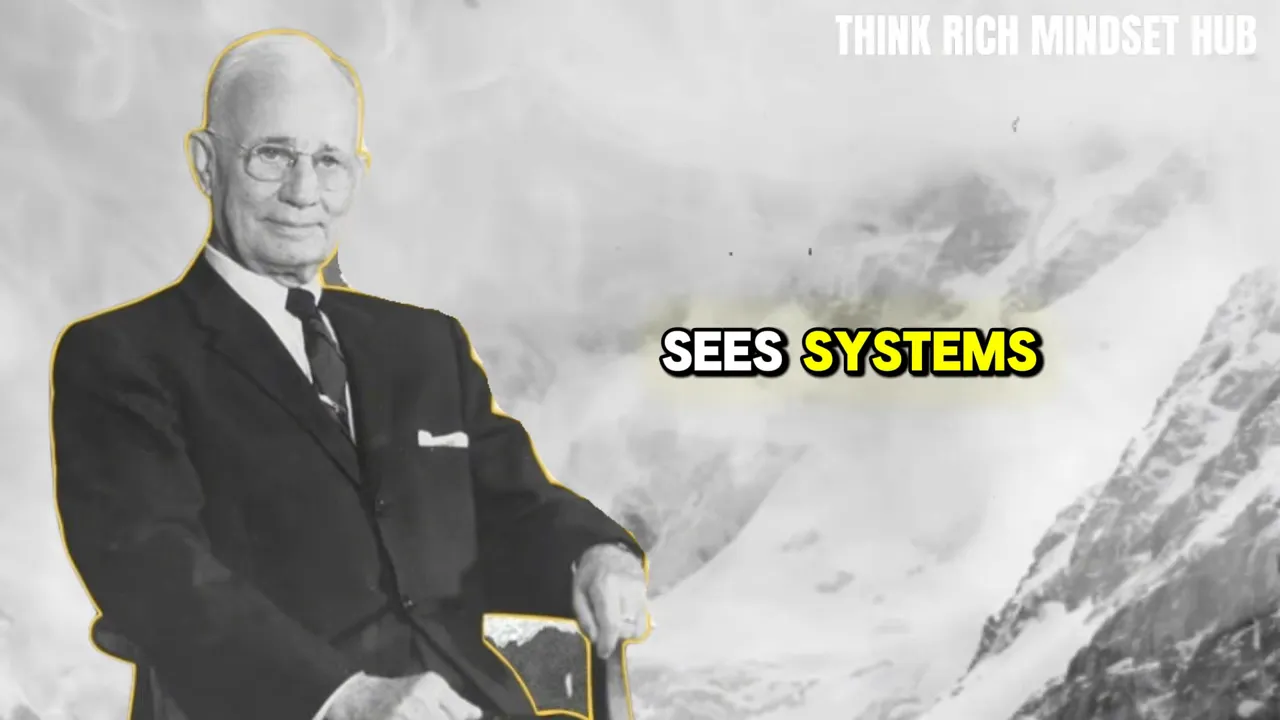
Temporal Thinking: Play the Long Game
Short-term impulses chase immediate gratification. Strategic minds play decades, not days. Henry Ford lost millions before success — he was thinking in decades. Train your brain to stretch time: when emotion screams for now, remind yourself that delay often means preparation. The long-game mindset converts small, daily disciplines into compounding advantage.
Probabilistic Thinking and Leverage
Life is not binary. It’s probabilistic. Warren Buffett evaluates odds, upside, downside, and margin of safety. The strategic mind focuses on processes and probabilities rather than perfection. Combine probabilistic thinking with leverage — systems, people, capital, and tools that multiply your actions — and you turn concentrated effort into disproportionate results.
These four pillars — systems, temporal thinking, probabilistic thinking, and leverage — are the bedrock for a strategic mind. When practiced together, they convert chaos into opportunity.
Chapter 2 — Napoleon Hill’s Core Steps to Success
Napoleon Hill’s writings, particularly Think and Grow Rich, codified a repeatable path to achievement. The video presents these principles through modern examples and practical drills you can use today. Below, I distill Hill’s essence into actionable steps with contemporary relevance.
1. Desire: The Burning Purpose
Desire is the starting point of all achievement. Not wishful thinking, but a burning definite chief aim. Define specifically what you want. Write it down. Create a plan. Desire transforms vague dreams into measurable goals.
2. Faith: Conviction Built Through Repetition
Faith here is not spiritual in the narrow sense; it’s confidence cultivated by repetition and affirmation. Use autosuggestion daily — short, precise affirmations that align your subconscious with your purpose. The more you command your mind with clear statements, the more your behaviour and perception of opportunity align with that command.
3. Autosuggestion: Reprogramming the Subconscious
Autosuggestion is the practice of deliberately feeding the subconscious. Say the statements you want your brain to act upon. Replace chaotic internal dialogue — “I can’t” or “I’m tired” — with precise directives: “I am calm. I am in control. I will find a way.” These short commands shape your default responses.
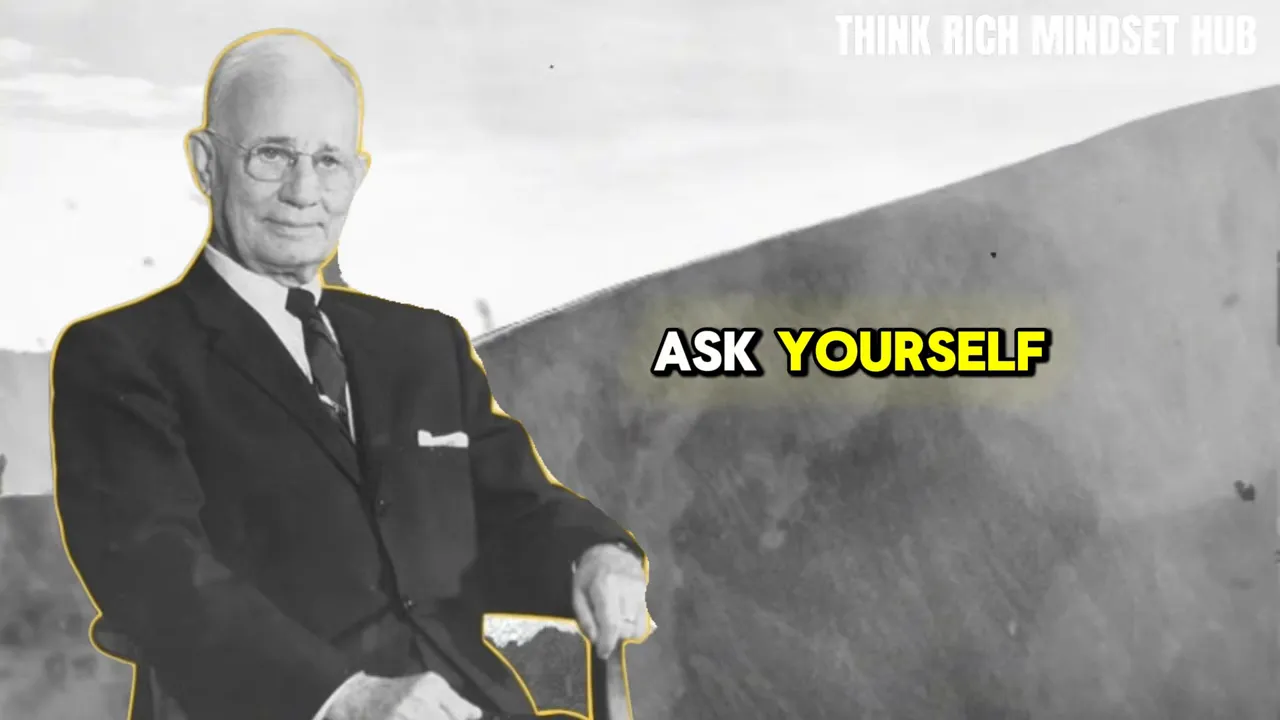
4. Specialized Knowledge and Imagination
Knowledge alone isn’t enough; applied knowledge is what moves the needle. Acquire specialized knowledge relevant to your aim, then combine it with imagination to create unique solutions. Elon Musk uses first-principles thinking to rebuild assumptions from the ground up — you can use the same method to rebuild your approach to problems.
5. Organized Planning and Mastermind Alliances
Hill emphasized the power of the mastermind — small groups aligned on a shared aim. No one builds an empire alone. Build systems and processes and surround yourself with people who amplify your strengths. A Mastermind is not only a support group; it’s a force multiplier for ideas and accountability.
6. Persistence
Persistence beats talent most of the time. Edison failed thousands of times before the light bulb, but he reframed failure as data. Persistence is the habit of continuing actionable progress despite obstacles and temporary setbacks. Momentum compounds; start small, keep going.
7. Decision and Definiteness of Purpose
Indecision is a killer. Decide quickly and revise slowly. Napoleon Hill noted that successful people are decisive. Define your chief aim, make a plan, and then act decisively within that framework.
8. The Subconscious and the Emotion-Reason Balance
Your subconscious is your student; it learns what you teach. Feed it discipline. Use feeling as data but not as a dictator. Translate emotion into strategy: fear can become alertness, sadness can become reflection, jealousy can identify desires yet unrealized.
9. The Role of the Will and Organized Thought
Organized thinking is the ability to marshal your mental resources deliberately toward one aim. Napoleon Hill described this as the mastery that allows you to design conditions rather than react to them. Train your attention; the mind that commands attention creates destiny.
Watch this full exploration of Napoleon Hill’s principles and methods — a long-form lesson that walks you through the mental architecture of success.
Chapter 3 — Real-World Applications and Stories
Principles are only as valuable as their application. The video repeatedly references historical examples to show how these mental frameworks create predictable results. Here’s how they played out in practice.
Andrew Carnegie and Systems
Carnegie didn’t build wealth by chance. He engineered systems — supply chains, organizational hierarchies, and processes — that produced scalable outcomes. The lesson: focus on building systems that reproduce your success rather than relying on one-off heroic efforts.
Thomas Edison and Compounding Failure
Edison’s laboratory was a model of leverage and iteration. He didn’t invent a single bulb; he created a lab that could test thousands of experiments quickly. He treated outcomes as feedback loops — action, result, reflection, adjustment — which turned failure into predictable progress.

Henry Ford and Temporal Thinking
Ford lost money early, but he thought in decades. That long-term orientation allowed him to endure short-term losses, iterate on production methods, and eventually democratize automobile ownership. Temporal thinking turns temporary setbacks into strategic investment.
Warren Buffett and Probabilistic Thinking
Buffett’s genius isn’t that he’s never wrong; it’s that he calculates the odds and keeps playing the game until probabilities work in his favor. He detaches from perfection and focuses on process, margin of safety, and long-term value — principles you can apply to decisions large and small.
Elon Musk and First Principles
Musk breaks down assumptions and rebuilds from first principles. This method frees him from tradition and enables disruptive innovation. You can use first principles when you’re stuck — strip a problem down to its undeniable truths and build solutions from there.
Across all these examples the same patterns appear: systems, repetition, clear aims, feedback loops, and relentless refinement. That’s the architecture of success.
Chapter 4 — Mindset Techniques You Can Practice Daily
Strategic thinking is a skill you can cultivate with short, consistent practices. Below are practical exercises and routines recommended for daily use.
Morning Command: Five Minutes of Intention
Before notifications and noise, spend five minutes in silence. Ask: What kind of person am I training my brain to become today? State your intentions clearly: “Today I train for focus,” or “Today I act on my plan.” These morning commands wire your subconscious for the day.
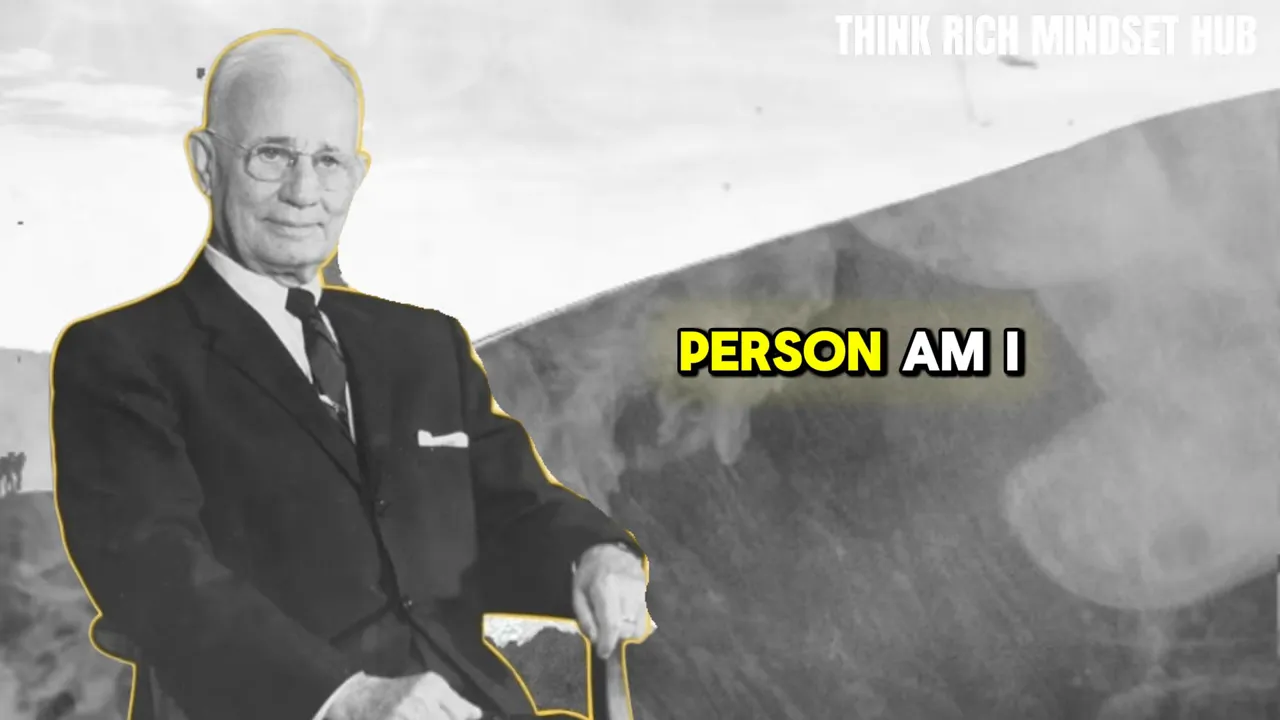
The Pause Habit: One-Second Evolution
Cultivate the split-second pause between stimulus and response. Practice pausing before replying in conversations, before clicking ‘post,’ and before making financial choices. The pause interrupts autopilot and restores your prefrontal cortex to the decision process.
Breathing and Posture for Cognitive Control
Your body shapes your mind. When stress rises, slow your breath. Try the simple box-breathing sequence: inhale four seconds, hold four, exhale four, repeat. Lift your posture, breathe deep, and say internally: “I am composed. I am in control.” Physiological changes signal safety to the brain and restore clarity.
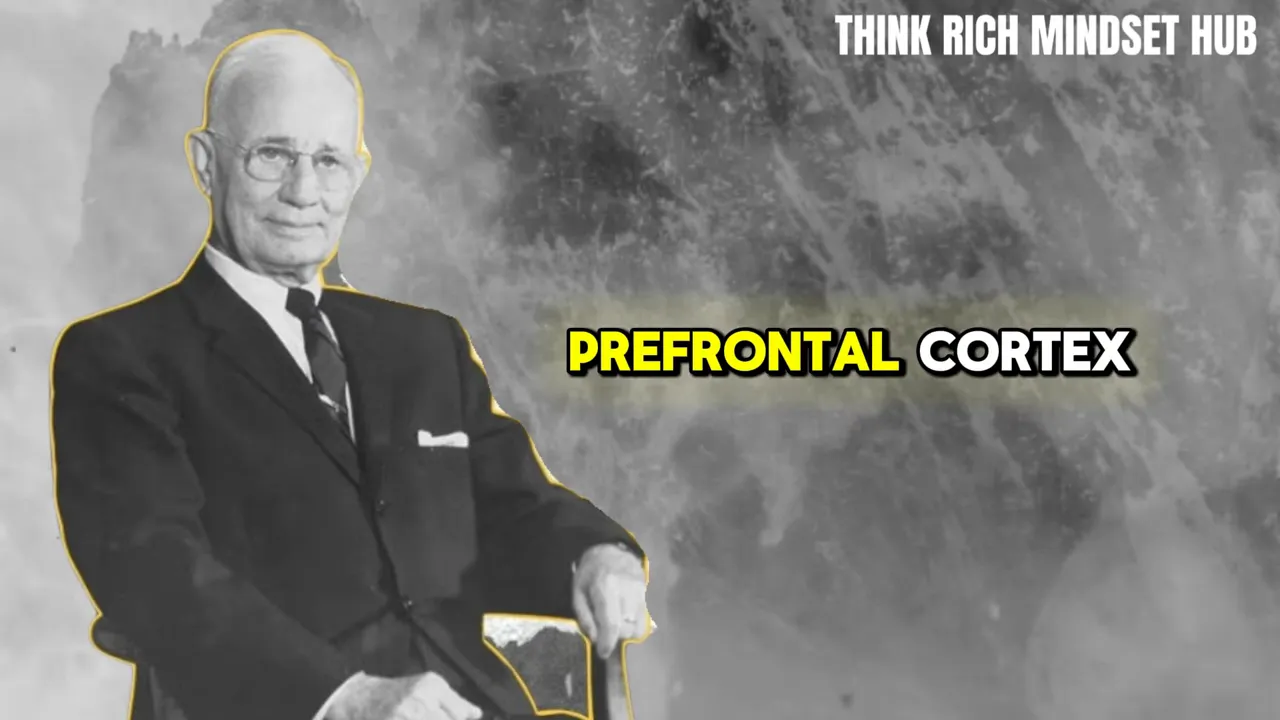
Feedback Loops: Learn Faster
Adopt the action-result-reflect-adjust loop. Treat every result as information, not judgment. Run the loop deliberately: act, measure, extract a lesson, then iterate. This is how Edison outpaced competitors — by learning faster from every single experiment.
Mental Models: Five You Can Use Today
Keep these mental models visible and practice them regularly:
- Feedback Loop — Treat outcomes as data.
- First Principles — Strip assumptions to discover core truths.
- Inversion — Solve problems backward: ask what would guarantee failure and remove those actions.
- 80/20 Rule — Identify the vital few actions that create most value and cut the rest.
- Compounding — Small consistent actions multiply into disproportionate results over time.
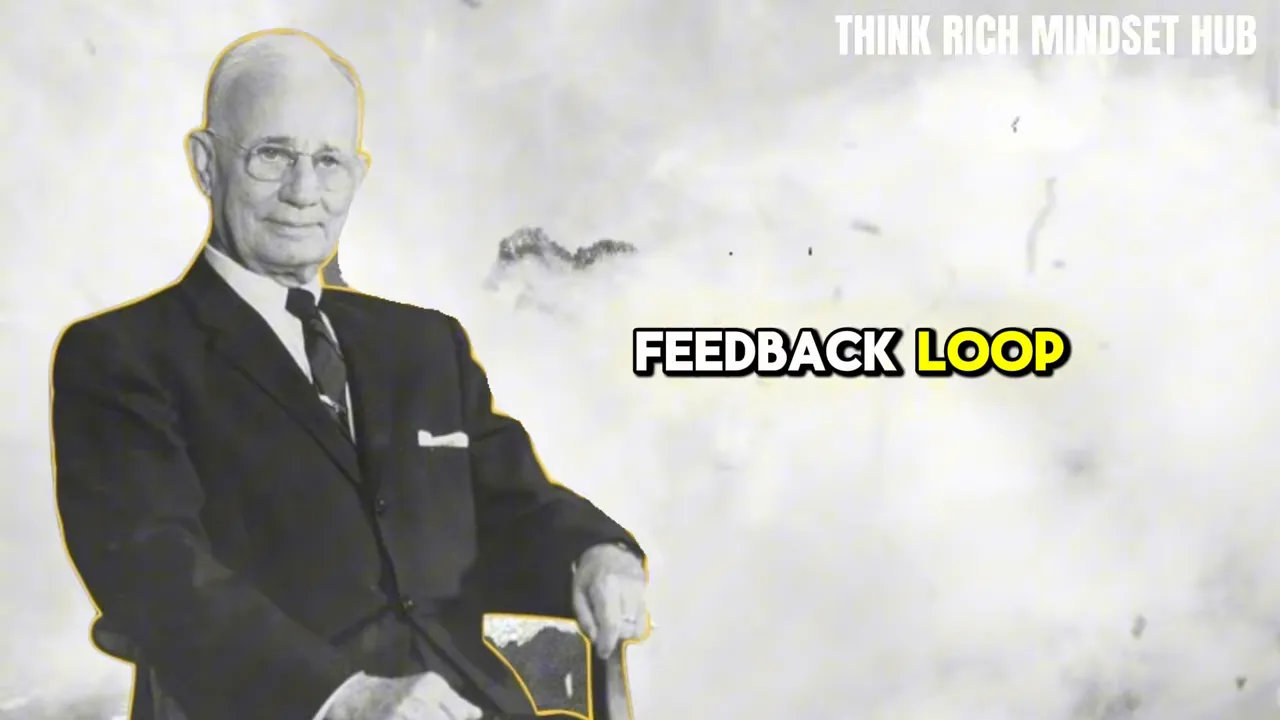
Chapter 5 — Overcoming Cognitive Biases & Decision Mastery
Your brain is full of invisible traps — cognitive biases that distort reality and sabotage decisions. Recognizing and outsmarting these biases is essential.
Key Biases to Watch
- Confirmation Bias: The brain searches for evidence that supports what you already believe. Counter this by asking, “Am I protecting my belief or searching for truth?”
- Comfort Illusion: Comfort feels safe but kills progress. Reframe discomfort as growth.
- Short-Term Bias: The craving for instant gratification derails long-term success. Practice delay as discipline.
- Comparison Bias: Measuring worth by others destroys focus. Create internal metrics based on consistency and habit.
- Later Bias: “I’ll start later” is a momentum killer. Begin now — clarity comes from action.

Decision Mastery: Practical Steps Under Pressure
When pressure hits, decisions made emotionally can become permanent mistakes. Use this seven-step framework to stay clear:
- Slow the system: Take a deep breath. Count backwards from five. Pause.
- Separate emotion from information: Write what is fact and what is feeling.
- Default to principles: Use pre-established principles rather than reacting from memory. “Never make permanent decisions from temporary emotions.”
- Reduce variables: Simplify. Ask: what one move matters most right now?
- Trust the process: Understand the system before you fixate on immediate control.
- Posture creates power: Control physiology to influence psychology.
- Reflect after: Review decisions to convert stress into strategy.
Reflection is the multiplier of learning. Without post-action analysis, high-pressure moments become trauma; with reflection, they become training.
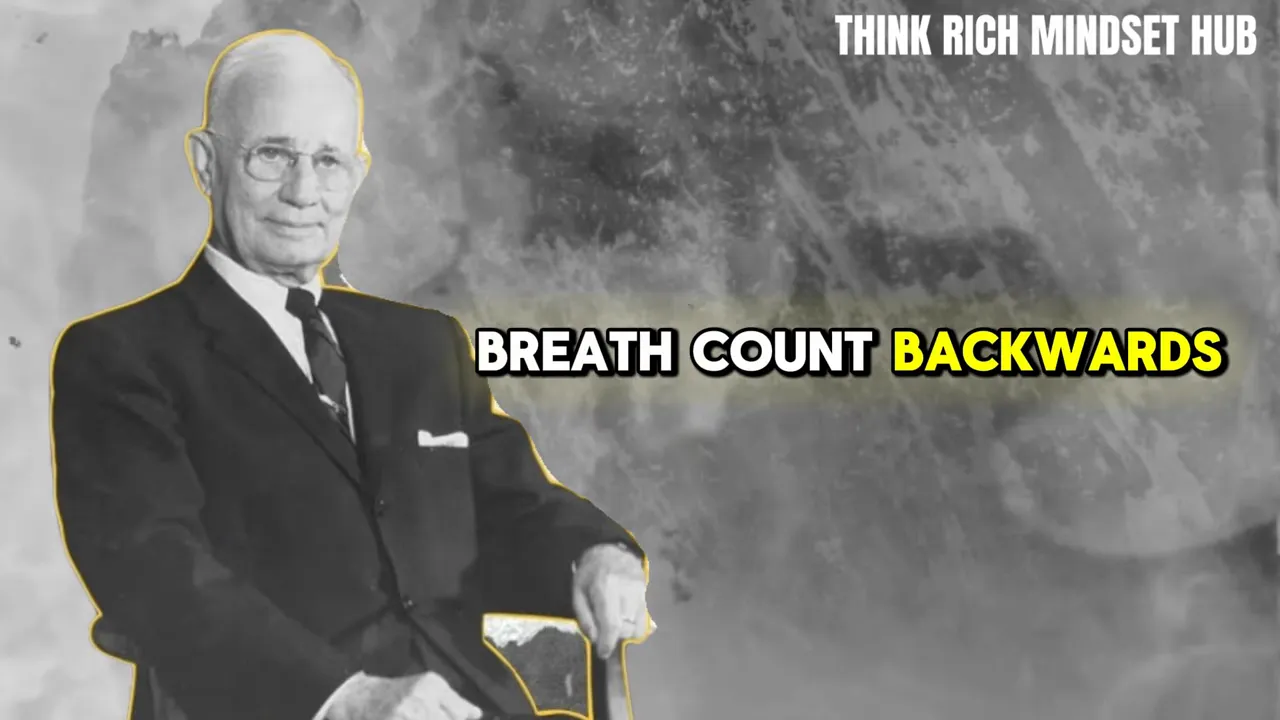
Chapter 6 — Emotional Intelligence and Adaptive Thinking
Strategy without emotional mastery is brittle. The ability to feel deeply without losing clarity is the mark of the master. Napoleon Hill described emotional control as the ultimate intelligence. It’s not suppression; it’s translation.
From Feeling to Data: Translate Emotions
Use emotion as a signal: anger = perceived powerlessness, fear = proximity to growth, jealousy = unutilized potential. Awareness turns chaos into clarity. When you can observe an emotion without identifying with it, you regain choice.
Emotional Regulation Practices
- Label the emotion: Say “anger is present” instead of “I am angry.” That shift reduces identification.
- Breath and posture: Use box breathing and upright posture to neutralize acute stress.
- Active listening: With others, listen to understand rather than reply. You’ll gain influence without force.
- Reframe energy: Convert tension into focus, sadness into reflection, frustration into creative constraint.
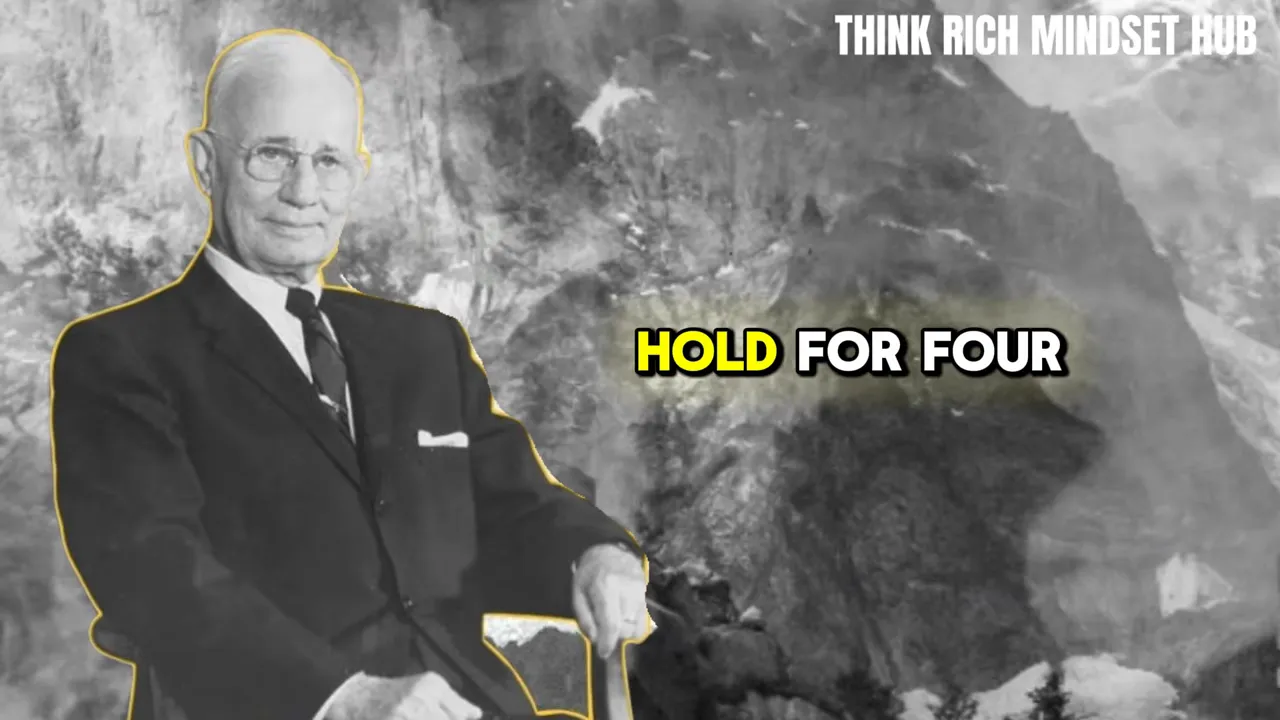
Cognitive Flexibility and the Power of Unlearning
Adaptability is the core superpower in a world of change. It’s not just learning new skills but unlearning old beliefs that no longer serve you. The most dangerous methods are the ones that once brought success — they become chains when the environment shifts. Keep strong opinions loosely held. Schedule time weekly to test assumptions and expose yourself to ideas that make you uncomfortable.
Adaptable people value feedback more than pride. Feedback is calibration, not criticism. The quicker you adapt, the less resistance you face. That responsiveness is often mistaken for luck; in reality it’s the product of deliberate practice.

Practical Tools: Building Systems in the Digital Age
Hill’s principles are timeless, but technology gives us modern levers: automation, CRMs, content systems, and collaborative platforms that scale effort without multiplying hours. If Hill were alive today, he would insist on systems and leverage — and many modern platforms are designed to do exactly that.
Platforms like GFunnel (https://www.gfunnel.com) are examples of modern tools that help apply Hill’s systems thinking: consolidating automation, building funnels, managing relationships, and creating repeatable processes to keep you focused on your vital few. If you’re serious about building momentum and scaling impact, consider tools that automate routine tasks so your attention stays on strategy.
GFunnel provides features that mirror Hill’s playbook: masterful organization, leverage through automation, and the ability to keep your top goals visible and actionable. Explore GFunnel’s resources when you’re ready to move from individual effort to systemic progress.
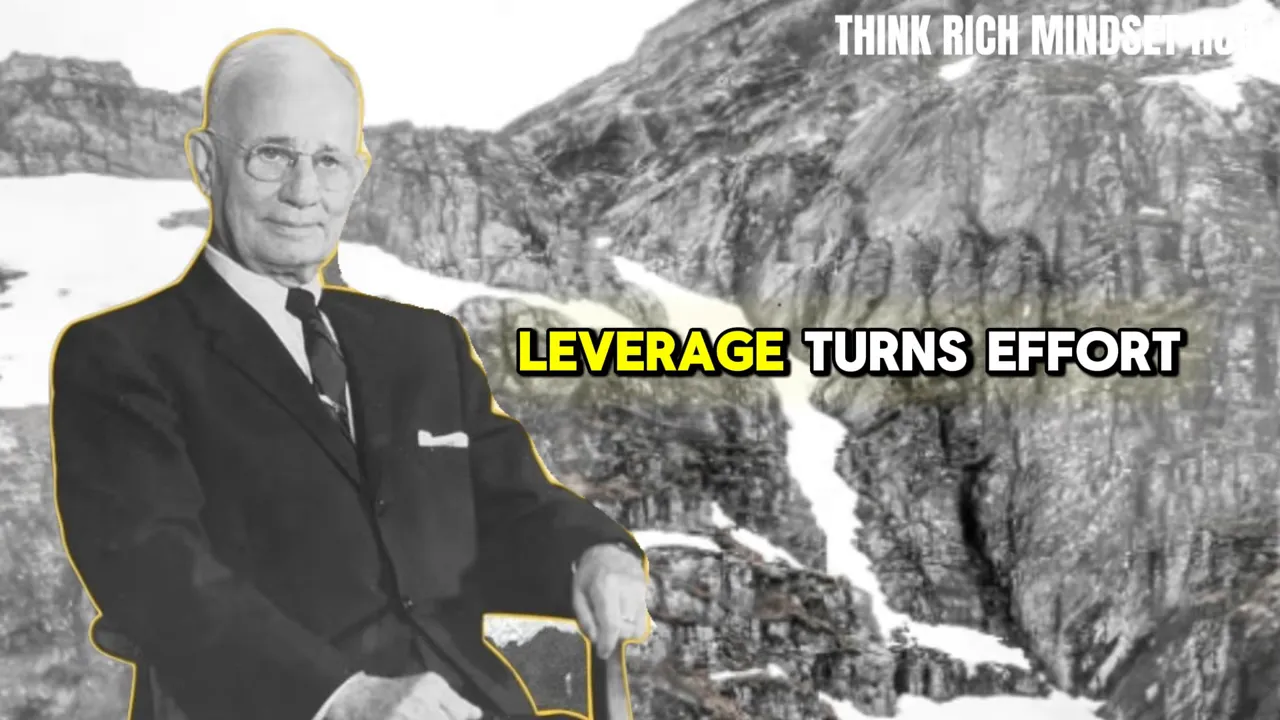
Watch the Full Lesson
If you want the original lesson in full — the long-form exploration that inspired this article — the video unpacks every step with examples, exercises, and historical stories. Rewatch it as you practice the daily techniques outlined here to cement the neural changes you seek.
What is the definite chief aim and how do I create one?
A definite chief aim is your single, clearly defined goal that organizes your thinking and actions. To create one, write a concise statement of what you want, why you want it, and when you will achieve it. Break it into milestones and daily tasks. Use autosuggestion and morning intention to reinforce it in your subconscious until your actions align with that aim.
How does persistence actually lead to success?
Persistence converts repeated small efforts into compounding advantage. It reframes failure as feedback and forces you to iterate until systems and probabilities tilt in your favor. Practically, persistence means showing up regularly, learning from results, and adjusting — the law of large numbers turns consistent action into inevitable outcomes.
What daily practices will rewire my brain for strategic thinking?
Start with five minutes of silence and intention each morning, practice the one-second pause habit, use box breathing under stress, keep five mental models visible, and run short feedback loops for every project. Repeat these daily. The brain rewires through repetition; consistent micro-practices create macroscopic results over months and years.
How can I apply Hill’s principles in modern business and marketing?
Apply systems thinking to processes (sales funnels, customer onboarding), use temporal thinking for product roadmaps, practice probabilistic thinking for experimentation and ads, and use leverage by building automated funnels and collaborative teams. GFunnel (https://www.gfunnel.com) is a modern platform that helps entrepreneurs systematize and automate many of these tasks so your thinking remains strategic rather than tactical.
Can emotional control be learned, or is it innate?
Emotional control is learnable. Awareness, labeling emotions, and physiological practices (breathing, posture) are training tools. The goal is not to silence emotion but to translate it into useful data. Leaders practice returning to center faster than others and using emotion as fuel rather than letting it ride the steering wheel.
Conclusion: From Reaction to Command
Your brain can be your greatest enemy or your greatest ally. Napoleon Hill taught that a mind that is organized and disciplined becomes a power that can design conditions rather than be designed by them. The difference between ordinary people and masters of success is not intelligence alone — it’s strategic intelligence: awareness, systems, long-term thinking, probabilistic decisions, and leverage.
Start with small acts of rebellion against autopilot. Pause before you reply. Spend five minutes in silence each morning. Build feedback loops into every project. Replace “I’ll start later” with “I begin now.” Surround yourself with people who amplify your aim. Use technology to automate repetitive tasks so you can focus on the vital few.
“Whatever the mind can conceive and believe, it can achieve.”
Train your mind daily. Build mental models. Master your emotions. When you do, chaos becomes opportunity, failure becomes data, and the world begins to slow down around you while you remain centered. If this message sparked something, don’t let it fade: practice the habits here, revisit the principles often, and consider tools that let you convert strategic thinking into sustained action, such as GFunnel at https://www.gfunnel.com.
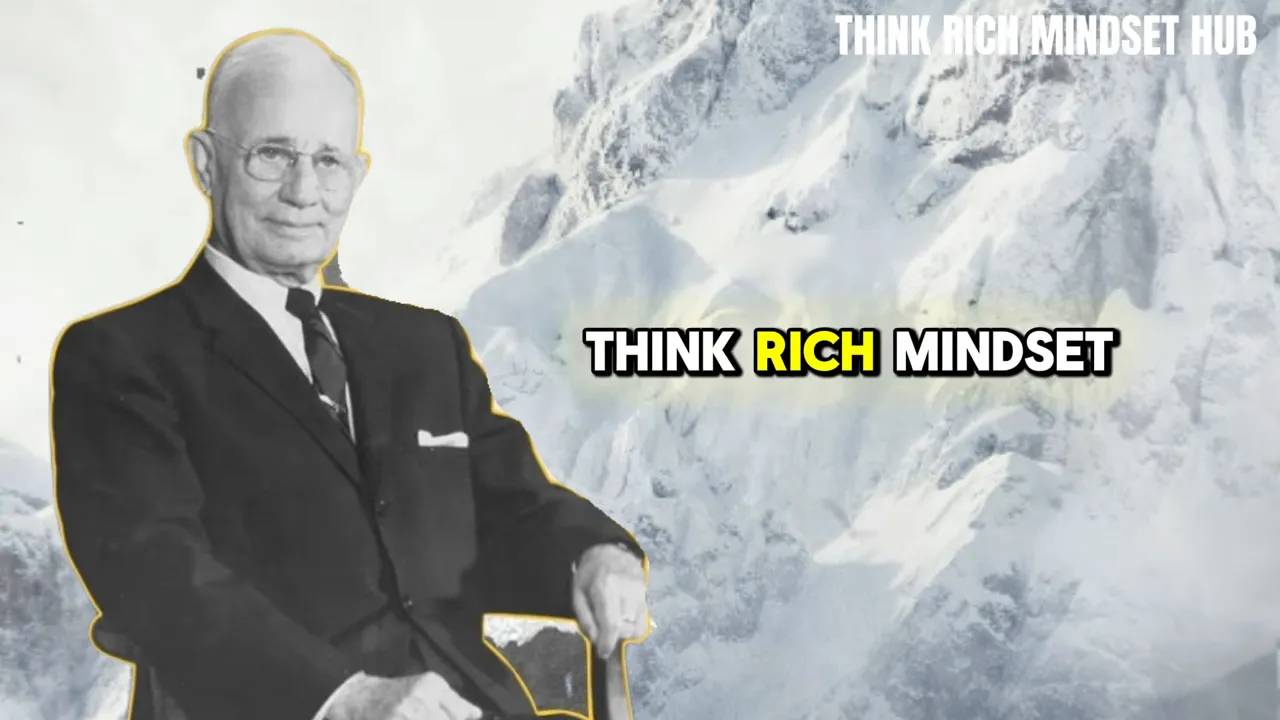
Think clearly. Act boldly. Live strategically. The battlefield of life is first won in the mind — and when you train your brain, you train your destiny.
Need Help Implementing This?
Schedule A Discovery Call With One Of Our Professionals

